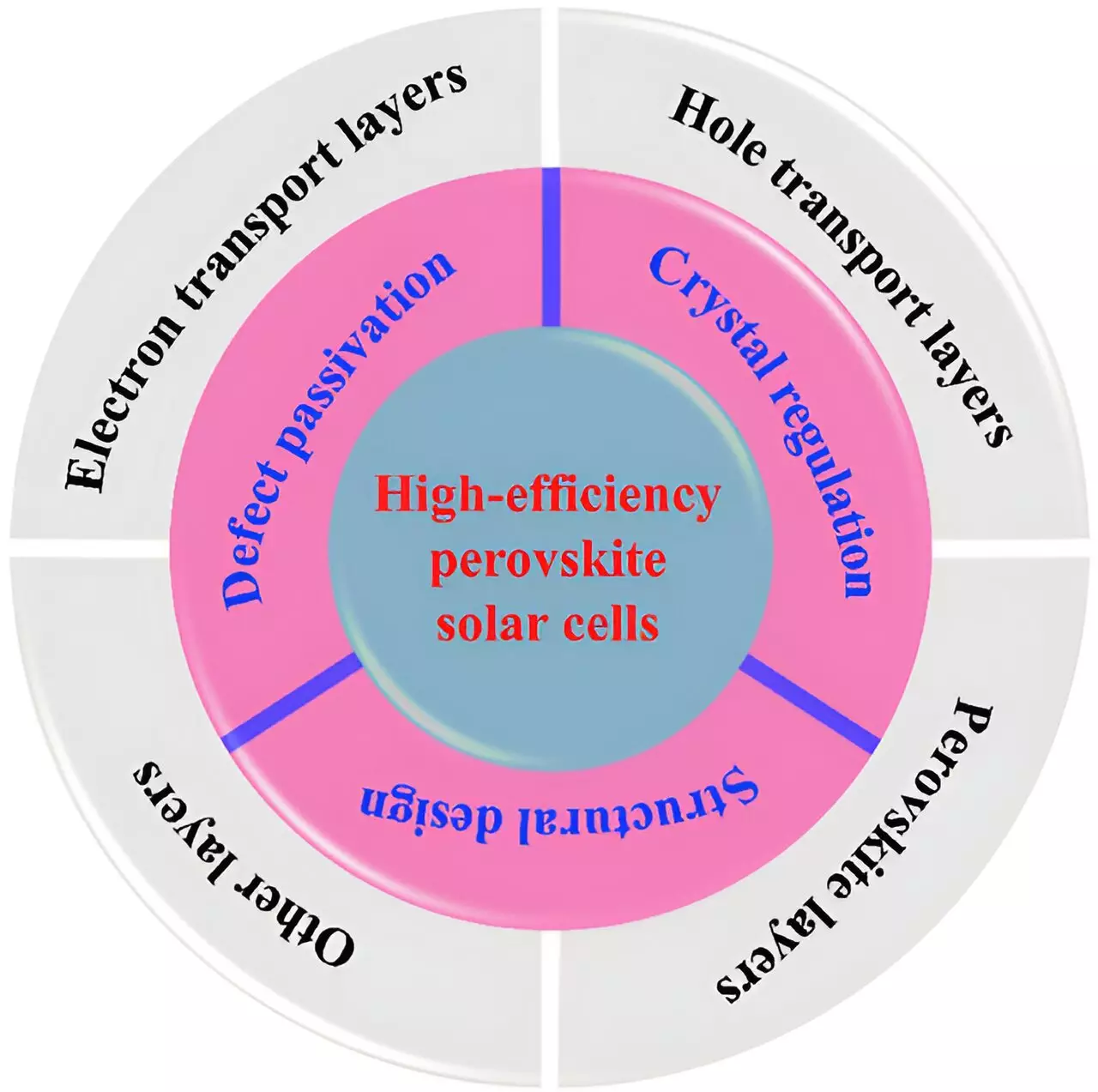The current state of commercial solar panels is far from optimized, with only about 15% to 20% sunlight conversion efficiency. However, researchers at Soochow University have made groundbreaking advancements in the next generation of solar cells, achieving an impressive 26.1% efficiency. This major leap in efficiency opens up new possibilities for the future of solar energy.
Perovskite Solar Cells: The Game Changer
The key to this efficiency breakthrough lies in the development of metal halide perovskite solar cells. These cells are a new type of high-performance solar cell that utilize a calcium titanium oxide-like organic material to absorb sunlight and convert it into energy. This unique technology offers high efficiency, low cost, flexibility, and scalability, making it a promising candidate for future solar energy applications.
While the potential of perovskite solar cells is immense, there are still challenges to overcome. Only a few research teams have achieved efficiencies of 25% or higher, indicating that more specific research directions are needed to make such efficiency the standard. Strategies such as crystal regulation, interface passivation, and structural design of component layers are crucial in addressing the main causes of low efficiency.
One promising solution to improve efficiency is the development of “tandem solar cells” that combine different types of solar cells to break efficiency limits. By optimizing fabrication methods and addressing tolerance to defects and stability issues, perovskite solar cells can be commercialized and industrialized in the near future. With continuous research and innovation, these cells have the potential to revolutionize the solar energy industry.
The advancements in high-efficiency perovskite solar cells represent a major step forward in the quest for sustainable and renewable energy sources. With the potential to significantly increase efficiency and reduce costs, these cells could play a key role in shaping the future of solar energy. By addressing current challenges and exploring new research directions, researchers are paving the way for a more efficient and sustainable energy future.



Leave a Reply